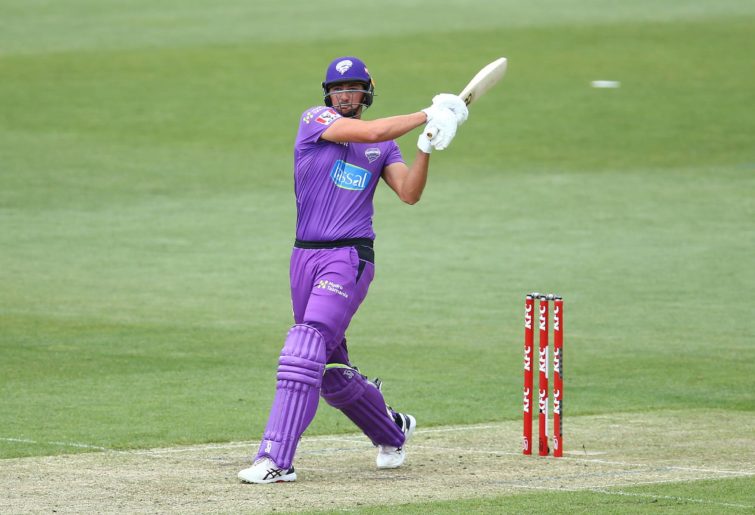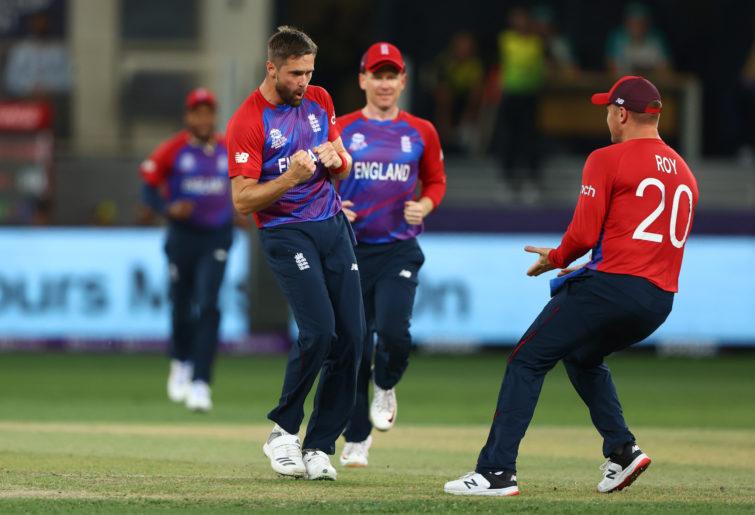Tanish
new author
Roar Rookie
Opinion
Think of the most memorable games of cricket in recent times.
I won’t stop you from being biased. Are you thinking of the day 5 second innings win in a game which you were always on the losing side of until that one magical session when the opposition let their guard down?
Or is it a three-day rout of the opposition when your team absolutely blew them away and used the home advantage to perfection? What about the time when a No.7 walked in and hit 20 off the last over, or when the entire top order collapsed within a spell and lost the game?
In modern day cricket (read Tests and T20s), miracles really do happen. And just as miraculously, ODIs seem to have started losing relevance… or have we just started enjoying other formats more? Wait, both those point to the same thing!
Between the mature 150-year-old Test and the adolescent 15-year-old T20, the middle-aged 50-year-old ODI (more like Oldey I) seems to be going through a crisis and its not something born overnight.
What, however, was born overnight was the idea of writing this as all of us saw South Africa pull out of their Australia tour, Morgan retiring from limited overs after a very successful career as captain, Ben Stokes retiring from ODIs because of extreme schedules and just an overall simmering conversation about whether ODIs are still relevant.
The fact that I’m writing this quite a long time after any of those events is a completely different thing.
Everyone agrees that the ODI World Cup is the biggest event in world cricket (some may disagree owing to how the number of teams at the mega event has been decreasing) but despite that, I can give a number of arguments as to why ODIs are not the most exciting format to watch.
More people would rather watch T20s, a T10 game or even the Hundred (the latter two which are only franchise competitions) over an average one day international.
‘Oh, but those are shorter formats, they are meant to be entertaining for the masses.’
Tests aren’t a shorter format yet still provide more ‘oohhh’ and ‘ahhh’ moments.
It is unpredictability which has revived Tests (as they were thought to be dying some time back) and has made T20s and other shorter formats grow at an exponential rate (not to forget the money also aiding them, something I will talk about later).

(Photo Getty Images)
While this obviously is no generalisation, you can break an ODI into three phases, which is basically the three power plays.
The first 1-10 overs are when both teams assess the wicket with the bowling team trying for early breakthroughs, overs 11-40 are the “building phase” where usually the biggest partnership of the innings happens and a few wickets fall, and the death overs of 41-50 are considered to be when there’s at least one set batsman who can up the ante and score quick runs while also increasing the chances of losing his wicket.
That’s very much a layman’s description of the format and, generally, most games progress that way.
Compare that to Tests; you may be able to give an approximate idea of how the game is supposed to progress but the twists and turns always find a way in and provide excitement to the format.
Considered to be the true test of a player’s skill, it checks every box by arguably providing the fairest of opportunities to both batters and bowlers and chances to both teams to bounce back when they are down.
On the other hand, T20s (and by extension other smaller formats) have managed to gain and maintain such a high viewership by mainly focusing on aggressive batting and while the scales tend to tilt towards the batters, everyone loves to watch it.
Another major underlying reason, which could very well be the reason why ODIs eventually are just reduced to World Cups, is money. As much as you might hate it, you have to accept that money has started affecting cricket and the influence is only growing.
There are so many franchise cricket leagues, not just for T20s but even T10 and other shorter formats, if you can call them that. It is a proven strategy that these formats bring in the big bucks and as a result, even international bilateral series have seen an increase in the number of T20s being played while ODIs have stayed the same or worse, even reduced.

Chris Woakes celebrates the wicket of Glenn Maxwell at the T20 World Cup. (Photo by Francois Nel/Getty Images)
Agreeing that money is the reason for the boom of shorter formats but if that was all, Test matches should have died sooner, right? That is definitely not happening now, even though it was thought to be the case a few years ago, and the biggest credit for the “revival” of Test cricket goes to ICC’s World Test Championship.
WTC is not fully perfect yet but it has provided much more relevance to every single Test match played in a bilateral series by making all results count towards the ultimate goal of finishing higher in the table and eventually winning the final.
The quality of competition between bat and ball is undoubtedly of the highest quality in a Test match and there are somehow fewer dull moments in it than a ODI game. Why then, has the ODI Super League not done the same thing? It surely is a bit of cop out to still be blaming COVID for it but it’s not entirely wrong since we still haven’t seen it in its full potential.
Why I called it a cop out is because COVID is definitely in no way responsible for SA cancelling their ODI series with Australia, and that brings us back to T20 leagues (and poor SA administration but that’s a thing of its own).
Is that all though why ODIs have been losing popularity, or is there some flaw in the format itself which was bound to cause this? Yes.. and no. Any changes made to the format will definitely affect the current bat-bowl balance which is not going to improve things.
Mainly one thing is being talked about which is going back to having one new ball instead of two, which will bring spinners into play and also aid reverse swing for pacers. We can only guess at how much that would change because the growth and dominance of other formats doesn’t seem to be slowing down anytime soon.
Not to forget, extreme workload is a very real problem being caused due to the same reasons; other formats get more games and players get fatigued. The upcoming years are absolutely packed with domestic T20 leagues in almost every month and international cricket seems to be a filler event.
While it is also true that every player doesn’t play in every tournament, a lot of them do play in multiple ones because they pays the bills.
On a lighter note to end this, I would like to draw attention to how we these problems were never as big when Virat Kohli was manufacturing runs in ODIs; making sure the boring phase of building the innings from overs 11-40 was full of moments of pure class you would not want to miss.
Does this mean Virat coming back to form would somehow revive and make ODIs relevant again?
I’m hoping for it.